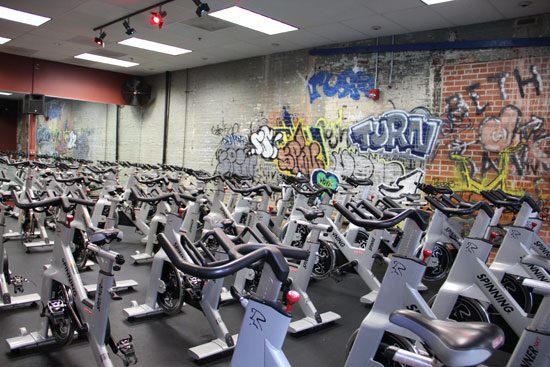Although heart monitors will keep you apprised of your level of fitness, they may not necessarily help with your performance. Training with a power meter, however, tells you exactly how much work you are putting into your cycling. It measures this work in terms of watts and spits out a number representing watts per hour. Competitive cyclists such as Miguel Indurain, winner of the Tour de France, average about 500 watts per hour in a controlled lab setting whereas the average gym rat clocks in at about 280 to 310 watts per hour. With these numbers in mind, it’s possible to use power meters to slowly increase the amount of power you’re using, even if you’re training indoors in a health club. Here are a few tips to incorporate power readings into your training:
1. Improve Your Performance by Comparing Your Readings with Others: If you have a friend who cycles faster than you, you can find out his/her power output to figure out exactly how much more power you’ll need to put into your workout to get the same results. Heart rate won’t give you the answers you’re looking for because two people can have the same heart rate and still average totally different speeds.
2. Use Power for Interval Training: Most coaches recommend interval training to improve overall performance. You can use your power meter to figure out what your usual power output is and then increase the power you use in intervals to improve overall performance. A few bursts of power in the course of a workout can lead to long-term results.
3. Use Power to Maintain Your Pace: If you’re participating in a race, you need to keep your power output as consistent as possible. Some people start out fresh and use up a lot of power in the beginning but don’t have enough left for the middle or the end. Others, who are trying to pace themselves, start out too slow. A power meter takes the guesswork out of things and makes sure you keep going at an even pace.
4. Keep Track: If you train regularly, your performance is going to improve. It can be a real boost to look back at your average power output six months or a year ago and compare it to your power output today. Plus, keeping track can help you figure out what your weak points are. When exactly do you stop working as hard, in a race or in a health club? Once you know this, you can tailor your training to address this issue.
Power meters may seem like yet another gadget that you don’t want to deal with, but training with power is simpler than you imagine and can help you to reach your cycling goals. Contact us for more information about training with power and watch your performance improve.




